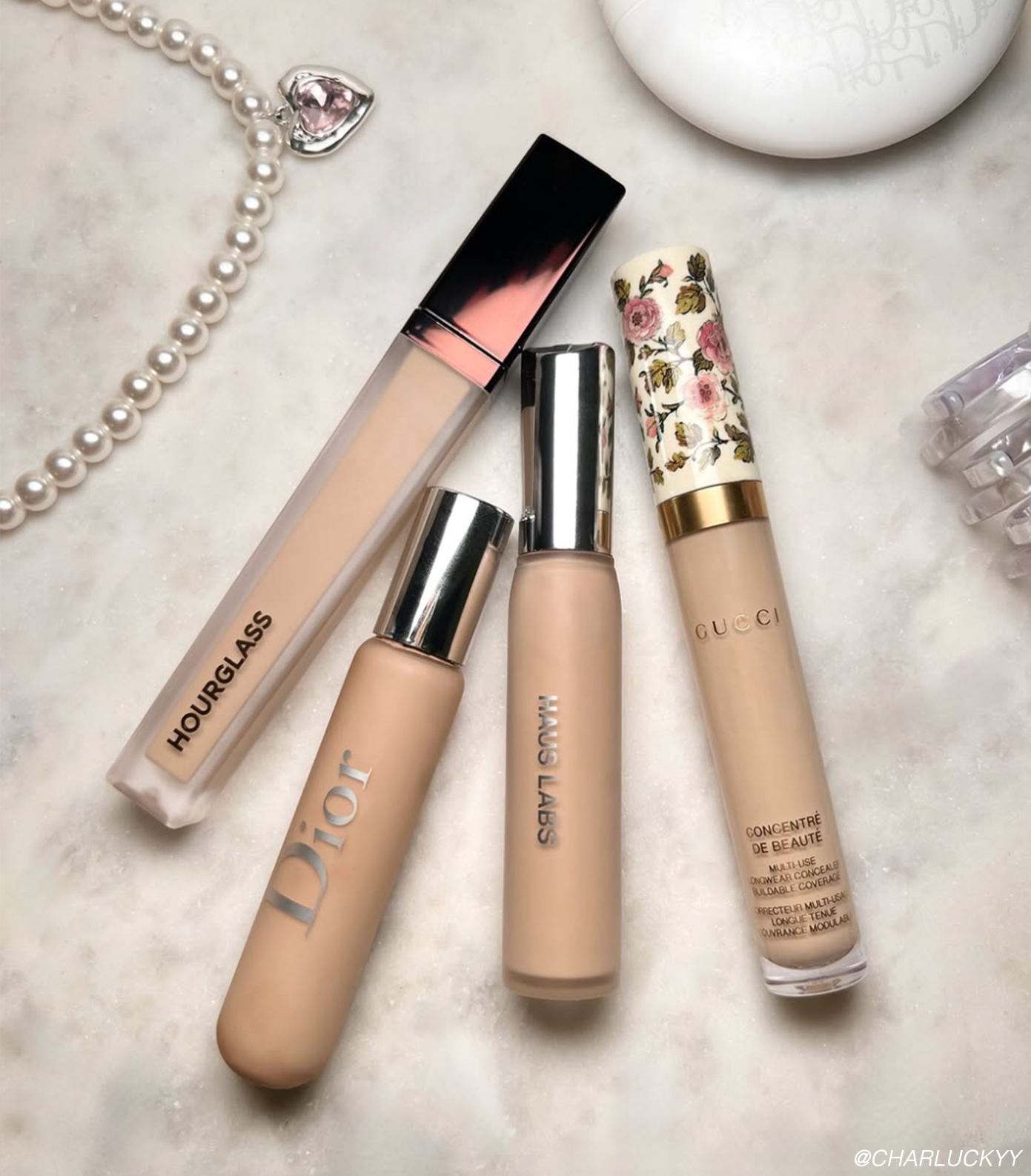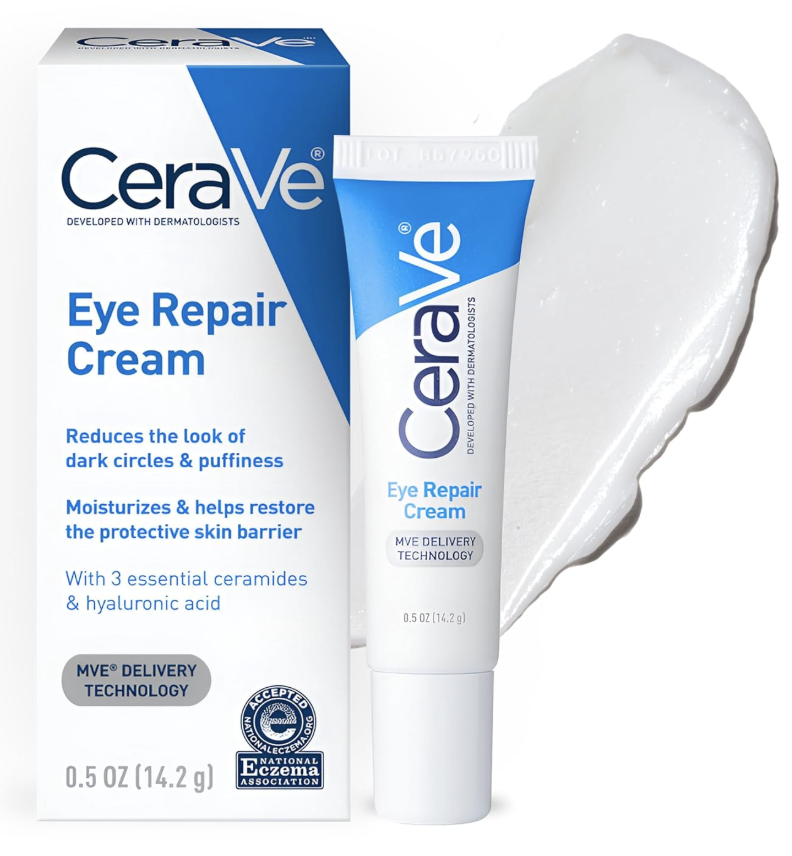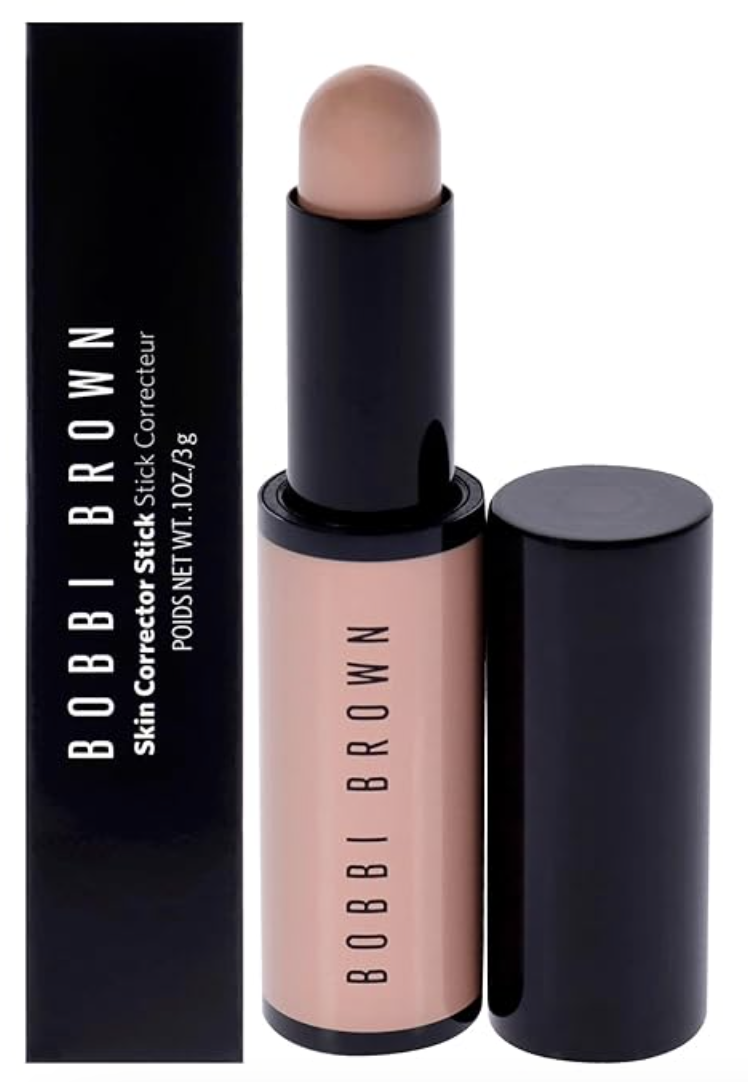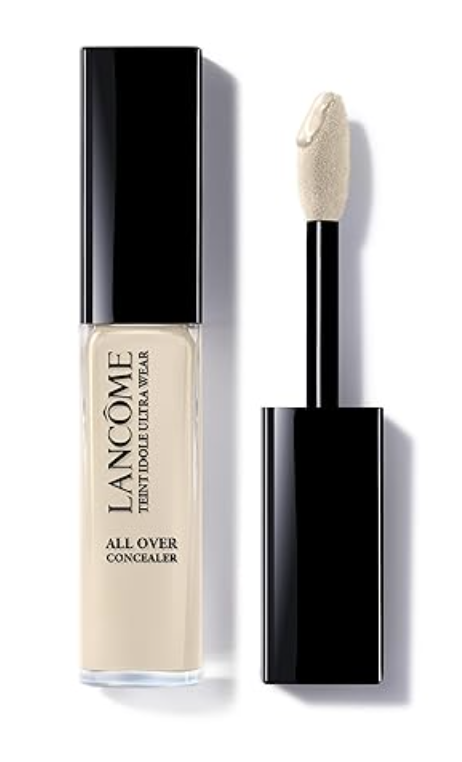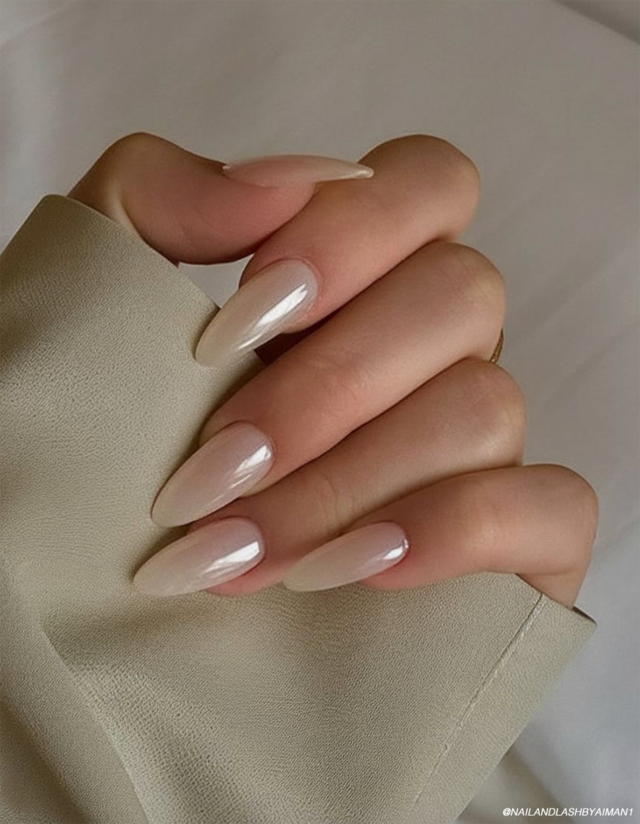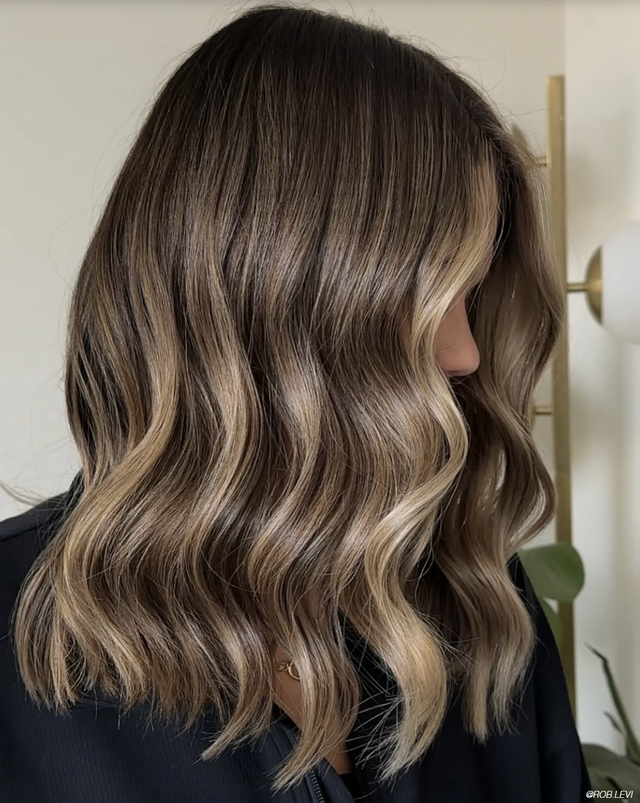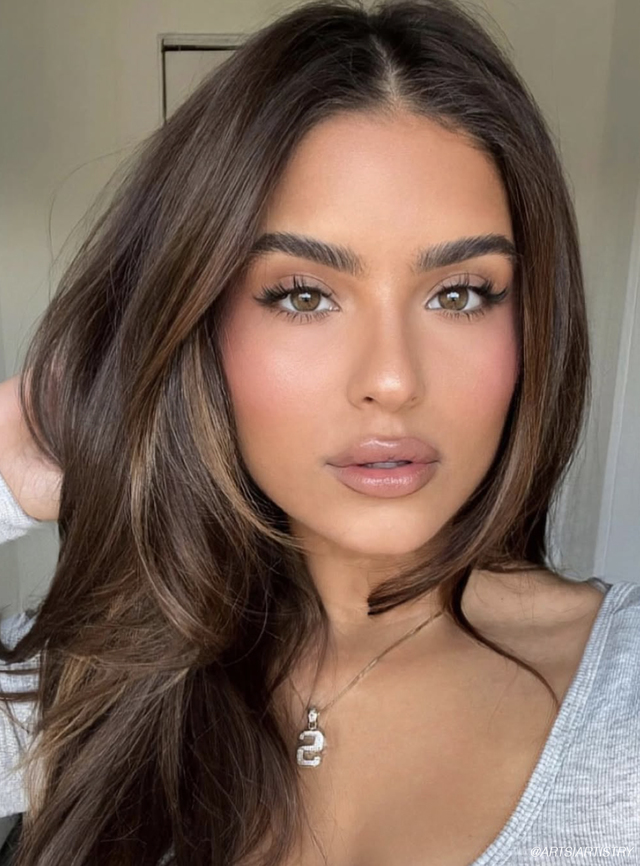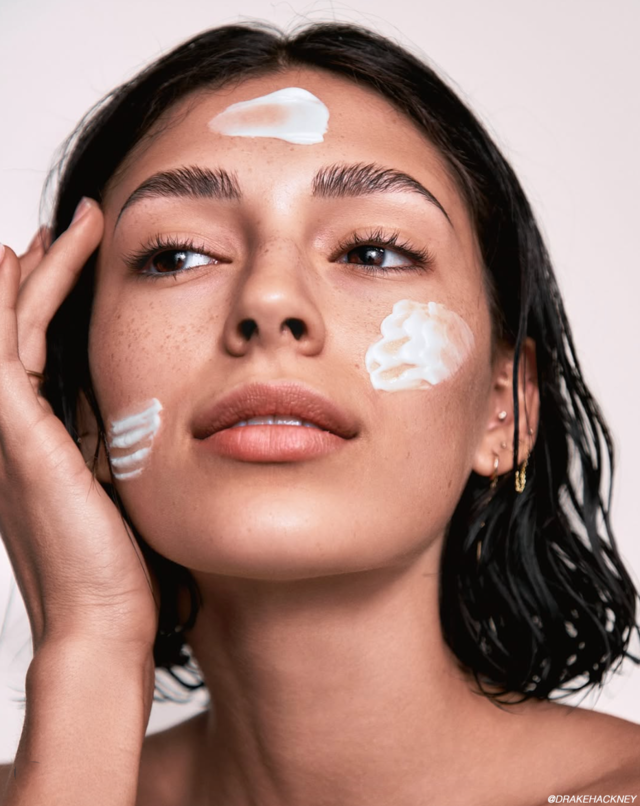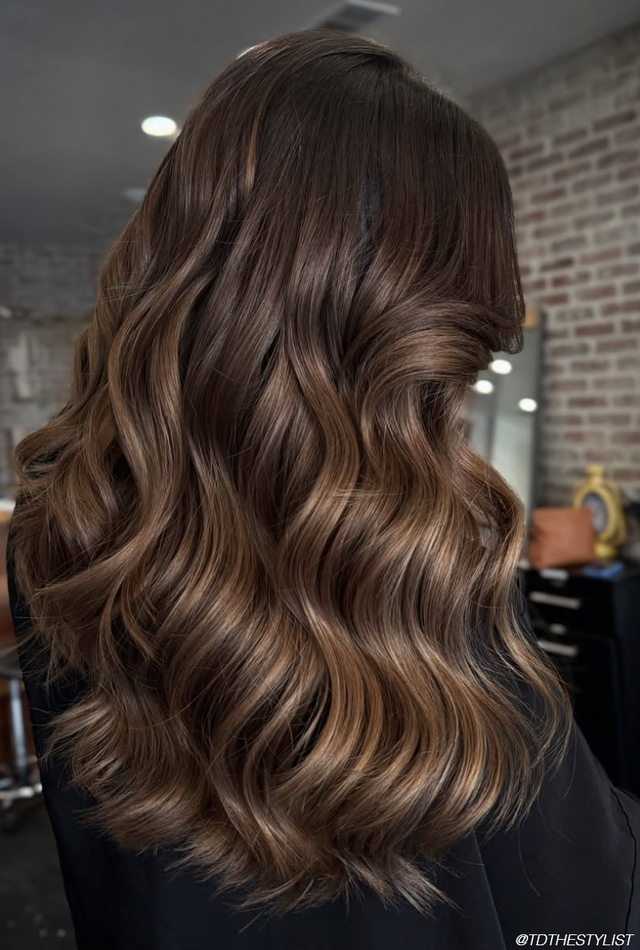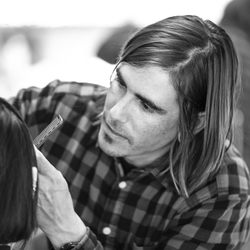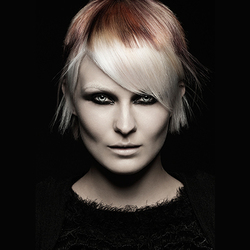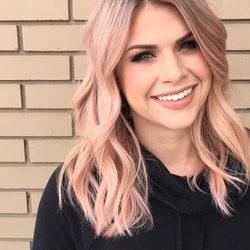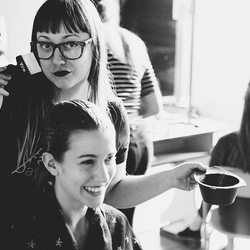If you've ever stood in front of a mirror wondering why your concealer is creasing, caking, or somehow making your undereye area look worse—you’re not alone. The skin under your eyes is thinner, drier, and more sensitive than the rest of your face, which makes it tricky territory for makeup.
But with the right products and a few clever application hacks, undereye concealer can actually brighten, lift, and smooth without settling into fine lines. Let’s break down the undereye game, step by step—no filter needed.
Makeup Tips for Concealer
1. Start With a Hydrated Canvas
The biggest undereye mistake? Applying concealer on dry or dehydrated skin. Concealer clings to dryness, exaggerates texture, and creases faster.
Hack: Apply a lightweight, fast-absorbing eye cream before your concealer. Let it absorb for 1–2 minutes before makeup.
Product pick:
CeraVe Eye Repair Cream — gentle, affordable, and packed with ceramides and hyaluronic acid. It preps the area without making it greasy or overly slippery, which helps your concealer grip better.
CeraVe Eye Repair Cream
2. Color Correct—Don’t Just Cover
If your undereye circles lean blue or purple (hi, genetics), piling on a light concealer won’t cut it. Instead, neutralize discoloration before you go in with concealer.
Hack: Use a peach or salmon-toned corrector to cancel out dark tones. Tap it in lightly with your finger for a natural finish.
Product pick:
Bobbi Brown Corrector — this cult-favorite corrector comes in various peachy tones to suit different skin tones and blends like a dream. One dab can instantly brighten tired eyes.
Bobbi Brown Corrector
3. Choose the Right Concealer Formula
Not all concealers are built for the undereye area. Matte, full-coverage formulas might work on blemishes, but they can look harsh or drying under the eyes.
Hack: Look for a creamy, hydrating formula with light-to-medium coverage. It should blend easily, not sit on top of the skin.
Product pick:
Lancôme Teint Idole Ultra Wear All Over Concealer — a do-it-all concealer that offers enough coverage without being heavy. It’s hydrating, blendable, and wears well all day without creasing (if you set it properly).
Lancôme Teint Idole Ultra Wear All Over Concealer
4. Application: Less is More
You don’t need to draw huge triangles under your eyes—2025 is all about minimalist application with maximum payoff.
Hack: Use a small amount of concealer just at the darkest point of your undereye (usually the inner third). Blend outward using a damp sponge, your ring finger, or a small fluffy brush.
This lifts and brightens without weighing down the eye area.
5. Let It Sit (a Little)
Ever feel like your concealer disappears the second you blend it? You might be blending too soon.
Hack: After applying your concealer, let it sit on your skin for about 30 seconds before blending. This allows the formula to thicken slightly, giving you better coverage with less product.
Think of it like letting glue get tacky before sticking things together—it just works better.
6. Set Strategically, Not Heavily
Powder is where a lot of undereye dreams go to die. Too much setting powder can make your eyes look dry and crepey, while too little can cause creasing.
Hack: Lightly tap off excess powder from your brush or puff, then press (don’t swipe!) powder just where your concealer creases. Avoid setting the entire undereye unless you’re oily or going for a long-wear glam look.
Try using a brightening or lightweight loose powder for the best results.
7. Bonus Hack: Undereye Lift Without the Surgery
Here’s a sneaky trick straight from pro artists: blend your concealer slightly upward and out, toward the temple. It creates the illusion of a lifted eye—no filter, no needles.
Pair it with a touch of highlighter on the inner corners and a flick of mascara, and suddenly you look eight hours more awake.
Some of the products featured here may contain affiliate links, meaning we may earn a small commission at no extra cost to you. All recommendations are based on personal use, stylist feedback, or product performance.
